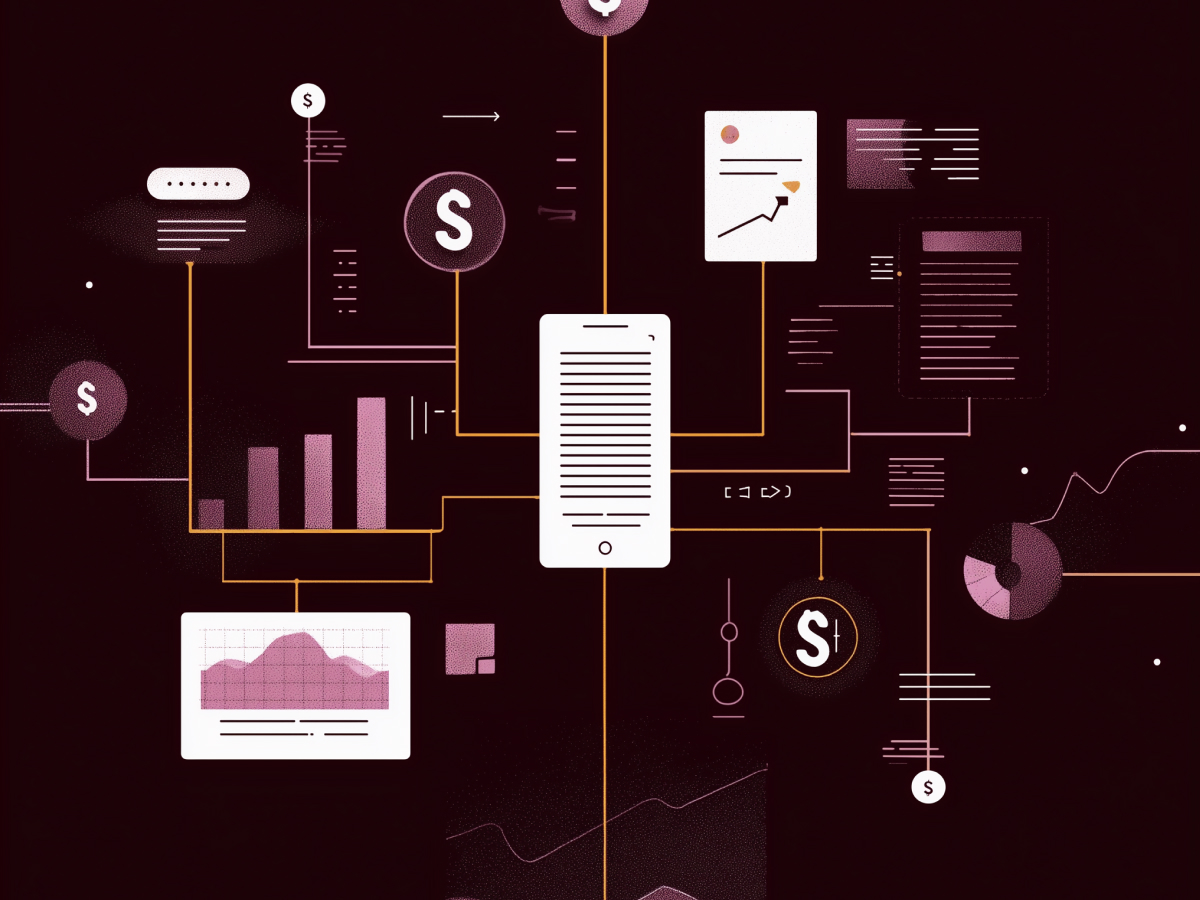The browser has become the primary battleground for cyber attacks
Enterprise technology has been moving fast, especially over the last five years. Most companies have embraced SaaS. Applications are no longer operated inside the corporate network. Teams log in to cloud-based systems through their browsers from practically anywhere. That change has redefined where most cyber threats live today.
The browser has become the front line. It’s where users create, store, and use digital identities. It’s also where attackers are focusing their time. Instead of breaking into servers or networks, they hijack browser sessions. They steal credentials, session tokens, and identity-related data. This approach often allows them to bypass traditional security measures entirely. It’s stealthy, simple, and it works.
Snowflake’s 2024 breach is the perfect warning. It didn’t rely on some deep technical exploit. Attackers used credentials stolen years earlier through infostealer malware. The reality? Those credentials were still active. No MFA. No password rotation. The attackers logged in through the browser, just like any employee would.
That’s why, if you’re responsible for protecting a company, it’s essential to shift your security priorities. Attackers work with the same tools users do. They don’t need deep access, just a valid login through a browser. That’s the challenge tech leaders must solve now.
Identity takeover is the fastest and most effective avenue for attackers
Attackers think in terms of risk-to-reward ratio. Stealing an identity, email addresses, passwords, access tokens, is faster and cheaper than breaking through traditional infrastructure. With a valid identity, the attacker skips the hard parts. No need to crack firewalls or break into networks. They just walk in through the front door, digitally speaking.
This is how most major attacks happen now. In the 2024 Snowflake breach, attackers used infostealer logs dating back to 2020. These logs sat in attacker marketplaces for years while the stolen credentials remained active. Key accounts hadn’t been updated or secured with tougher protections like MFA.
If you’re in charge of security or technology, this should reframe how you think about defense. Identity isn’t part of security anymore, it is security. When attackers get in, they’re using the same systems your team uses. They’re accessing SaaS apps via browsers, just like your employees. That’s what makes identity compromise so powerful. It doesn’t raise alarms because it looks like normal user behavior.
The tradeoff is clear: either build a system that tightly controls and monitors identity use at scale, or accept that breach risk is now permanent. You can improve firewalls, endpoints, policies, but if identities are weak or unmanaged, attackers will find their way in.
Phishing remains the leading method for achieving identity theft
Phishing hasn’t gone away. It’s become more advanced, more scalable, and better at bypassing conventional security. It’s still the top method attackers use to take over identities, because it continues to work. Despite investment in email filters, MFA, and user awareness campaigns, phishing attacks are succeeding at a higher rate than ever.
Today’s phishing kits are engineered with detection evasion in mind. They use dynamic code, customized CAPTCHA prompts, and runtime anti-analysis tools to avoid inspection by email and network security systems. More importantly, these attacks are delivered across a growing number of entry points, not just email. We’re seeing phishing links delivered via instant messaging apps, fake ads on search engines, and even embedded in legitimate SaaS tools.
Attackers are also improving how they bypass MFA. Many organizations still rely on fallback options, like SMS codes or app-specific passwords, that are not resistant to phishing. Attackers take advantage of this by tricking users into using backup authentication methods. These methods often lack the security posture of primary MFA systems and are easier to exploit.
C-suite leaders should take this as a signal to shift focus. Anti-phishing tools alone won’t stop these attacks. You need real-time visibility into browser behavior, because every phishing campaign ends in the browser. If you can see what’s happening there, you can disrupt an attack before it damages your systems or exposes key accounts.
Misconfigured applications undermine centralized identity security controls
The number of cloud apps used by businesses has exploded. Each one brings its own login method, user management interface, and security capabilities. The result is an inconsistent security landscape, some apps allow strict SSO-only enforcement; others don’t support MFA at all. Some provide strong audit logs; others operate in the dark.
That variability translates into risk. A medium-sized company with 1,000 users might be managing over 15,000 identity instances. Many of these are unmonitored, ghost logins tied to forgot-about services, quick trials, or dev tools spun up by one team that never made it into the main identity directory. Each of these accounts has the potential to be a target.
Centralized identity providers (IdPs) help, but they only cover the systems they’re configured for. Business units still onboard new tools independently, often outside IT’s oversight. And most organizations lag in standardizing how they apply security controls across every SaaS app. It’s not a technical limitation, it’s about governance, visibility, and enforcement.
For executive teams, this calls for alignment between security and business operations. Whether you’re expanding into new cloud tools or consolidating vendors, identity hygiene must be part of the decision-making process. You can’t fully secure what you don’t actively manage, and when attackers are automating how they discover and exploit weak configurations, the margin for error disappears quickly.
Endpoint threats are increasingly pivoting towards browser-based identity exploitation
Endpoint attacks haven’t disappeared, they’ve just evolved. The real objective is no longer full device control. It’s access to identity. Attackers use endpoint malware, like infostealers, to extract browser-stored credentials, cookies, and session tokens. Then, they use that data to access SaaS platforms through their own browsers. The heavy lifting happens after the initial infection.
Cybercriminals aren’t wasting resources on maintaining persistent access or navigating device-level security. Once they’ve harvested a session token or credential, they simply log into services as if they were the target user. That makes this type of compromise hard to detect. From the platform’s perspective, it looks like a legitimate login from someone who already passed MFA, because in many cases, the session token bypasses it altogether.
This isn’t speculative. During the Snowflake breaches in 2024, infostealer logs from as far back as 2020 were used to access active enterprise accounts. These credentials had not been rotated. MFA had not been applied to many of them. And the attackers didn’t need to re-infect the original machines. They reused captured identity artifacts from the browser and carried out their intrusion remotely.
That’s the pattern now. Even legacy techniques are shifting toward identity access. For leaders, this means endpoint protection isn’t enough unless it also accounts for what’s stored in the browser. Broader visibility into browser-stored data, session usage, and identity handoffs is non-negotiable if you want to close off these attack vectors.
Malicious browser extensions are a notable risk
The browser itself doesn’t present a large technical attack surface compared to a full operating system. It’s harder to exploit directly. That’s why attackers have focused on browser add-ons, specifically, malicious or compromised extensions. These extensions run with significant access and can quietly capture data, intercept traffic, or exfiltrate credentials.
Most risks here center on user behavior. Employees may install extensions without understanding the potential consequences. Some freely available plug-ins are built for capture. Others start as legitimate tools that are later taken over or modified. Once active in a browser, they function with the same trust level as a user, even though the user isn’t directly authorizing their actions.
Fortunately, the solution is clear: control what’s installed. Enterprise environments like Chrome Enterprise support centralized policies to lock down extensions, audit deployments, and require approval for new add-ons. This capability doesn’t require new tooling, it just requires policy enforcement.
For security leaders, the message is straightforward. Allowing unrestricted extension access introduces unnecessary risk. In that configuration, you’re relying on every employee to make choices with security-level consequences. It’s better to decide centrally what’s essential and block the rest. This isn’t a resource-intensive fix, and once implemented, it’s a sustainable line of defense.
The browser offers unparalleled telemetry and control capabilities
Most identity attacks begin, and end, in the browser. That makes it a strategic position for detection and response. Unlike the identity provider (IdP), which sees only a portion of the identity activity, the browser sees everything. It observes where users log in, which methods are used, what content is loaded, and what scripts are running. When attackers are active, the browser captures the signals security teams need.
This visibility creates an opportunity. The browser can expose both known and unknown applications being accessed. It uncovers login flows that bypass policy, such as OAuth consent grants or third-party app access. It also detects abnormal behavior in real time, whether that’s a credential entered into a phishing site, or a session hijacked and reused outside expected parameters.
Browser-based telemetry goes beyond static indicators and provides context: the origin of login attempts, the sequence of user actions, and even the fingerprinting of phishing kits operating in the wild. Push-based browser security models are enabling detection of real phishing pages by analyzing visual layout, script behavior, and credential destinations, long before reputational databases flag the threat.
For executive teams, this means the browser isn’t just a vulnerability, it’s also a control layer. Real visibility, real-time decisions, and broad application coverage. Monitoring behavior in the browser gives your team the signals they need to intercept attacks that won’t show up in traditional logs or dashboards.
Legacy identity and phishing defenses are inadequate
Many organizations still rely on traditional security approaches to protect against identity compromise, MFA prompts, identity dashboards, and outbound email filters. These tools matter, but they were designed for an older threat model. They don’t fully protect against modern phishing campaigns that target session tokens or abuse OAuth flows directly from native browsers.
Attackers are adapting faster than existing defenses. MFA can be bypassed, either through downgrade attacks, session theft, or social engineering. Email security tools can’t scan every delivery channel. And identity provider logs offer limited insight into the full interaction layer between users and applications.
Security teams need to start operating where identity theft actually happens: inside the browser. That’s where credentials get used, session tokens are stored, and phishing pages are submitted. It’s also where attackers manipulate MFA fallback paths or redirect users into consent-grant flows they don’t understand.
To regain control, security strategies must evolve beyond administrative safeguards. Executives should prioritize browser-layer defense and real-time attack visibility. It’s the most complete vantage point, and it offers the highest potential for stopping identity-based attacks before data is accessed, accounts are taken over, or lateral movement begins. This isn’t a matter of shifting resources, it’s about shifting focus to where the real security events are taking place.
Recap
The game has changed. Identity is the attack surface, and the browser is where it all unfolds. Threat actors aren’t waiting for you to misconfigure a firewall or leave a port open. They’re targeting your employees’ logins, session tokens, and overlooked app accounts, quietly and at scale.
For business leaders, the priority is clear. You need visibility into how identities operate across your environment, especially in the browser where real activity happens. Securing endpoints and enforcing MFA isn’t enough if attackers can sidestep both with valid credentials and stolen sessions.
The browser is no longer just a tool for productivity, it’s the control point that determines who gets access to your systems, your data, and ultimately your business. It’s time to acknowledge the shift and align your security investments accordingly.
You can’t fix every misconfigured login. You can’t manage every SaaS integration in real time. But you can monitor what happens inside the browser. And with the right observability and response capabilities, that’s enough to stop most attacks before they start.





